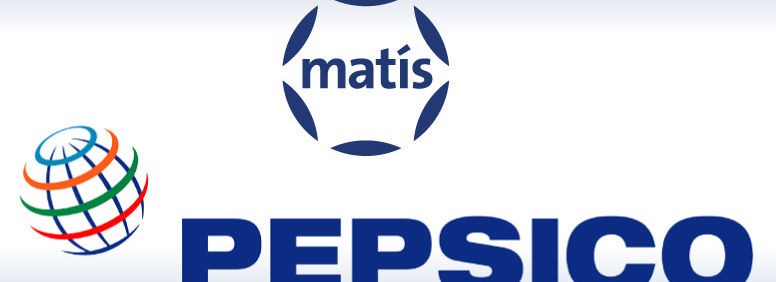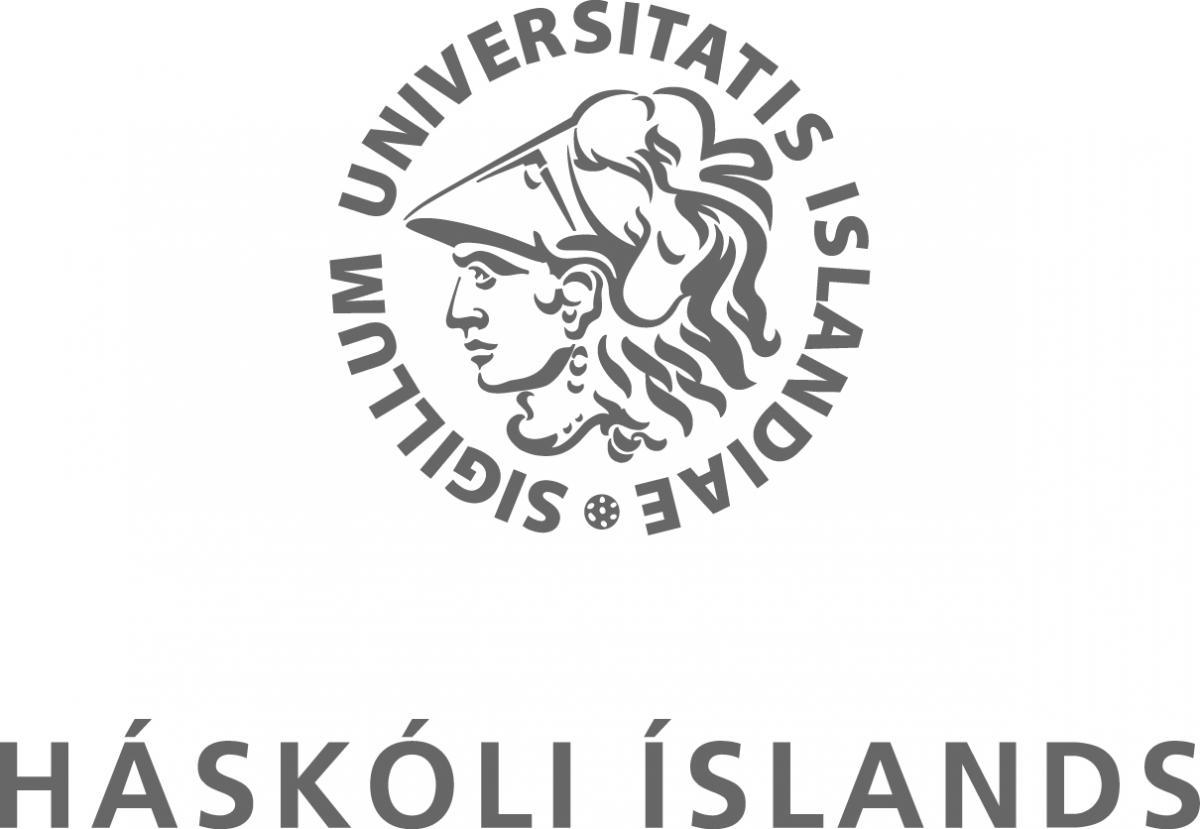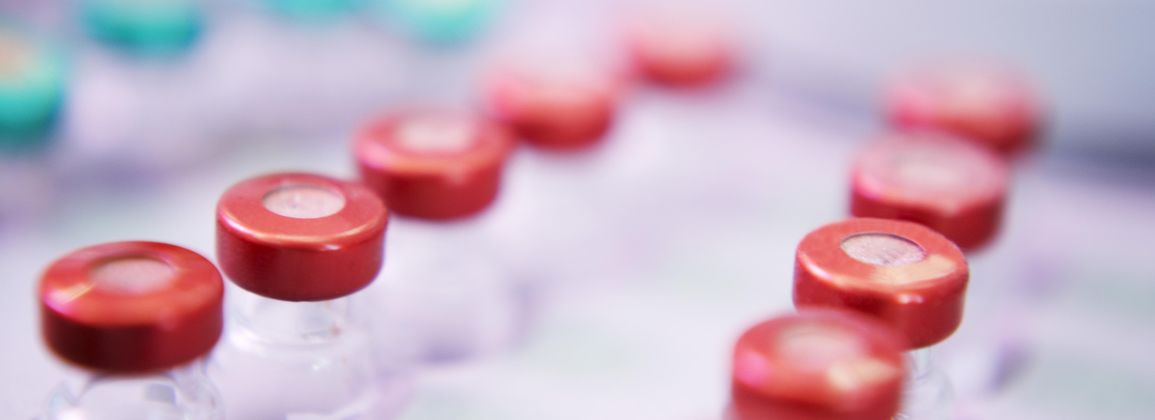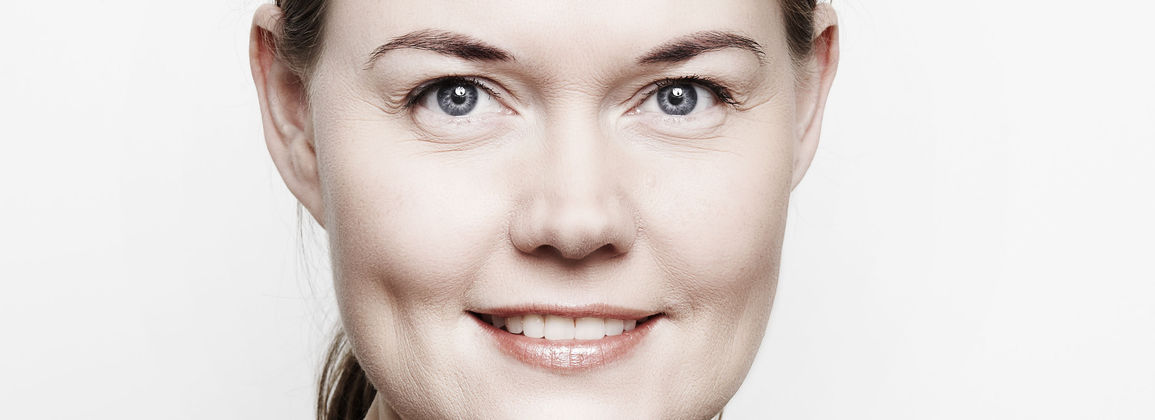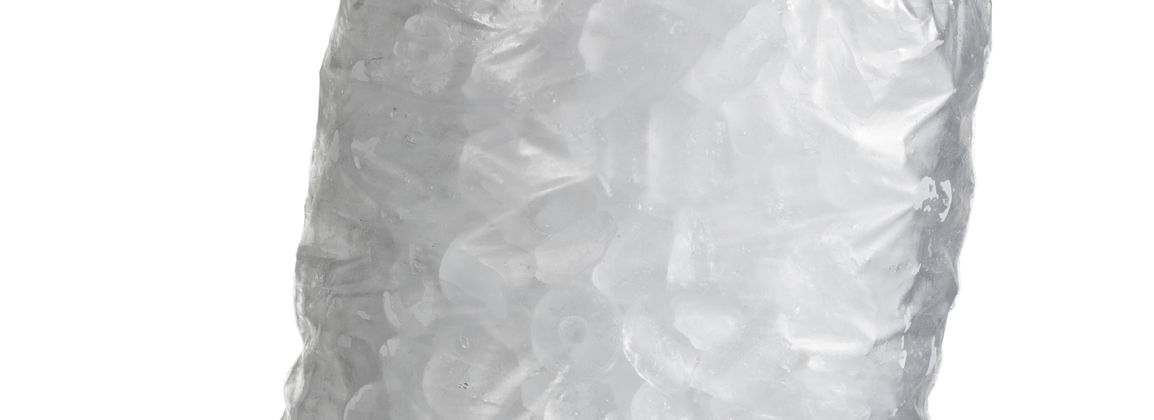Next Tuesday 4 June. a high-ranking member of PepsiCo comes to Iceland to get acquainted with food production in Iceland, give a lecture and visit his partner, Matís.
PepsiCo does not need to be introduced to anyone, as the company is best known for the Pepsi products themselves, which are sold in Iceland under Ölgerðin's brand. Few people know, however, that PepsiCo manufactures, markets and sells many more products worldwide. PepsiCo's product lines include Tropicana, Quaker Oats, Frito-Lay and Gatorade. The company is the largest of its kind in the United States and the second largest in the world, after Nestlé, which is also in collaboration with Matís.
Every year, PepsiCo products are sold for 108 billion dollars, over 13 thousand billion Icelandic kronas, so it is clear that the company is huge and powerful.
Three parties are coming to Iceland from PepsiCo, the most important of which is dr. Gregory L. Yep, Assistant Director of Research and Development at the company. There is a lot to learn from a company like PepsiCo and it will be interesting to hear the vision of Dr. Yep is researching and developing global food production, especially now that the debate on food security is raging.
The breakfast meeting will take place at Hotel Hilton Nordica, Tuesday 4 June at 08: 30-10: 00.
The meeting is open to everyone and admission is free.
It is desirable that people register their participation pepsico@matis.is
For further information Steinar B. Aðalbjörnsson, marketing director of Matís.

